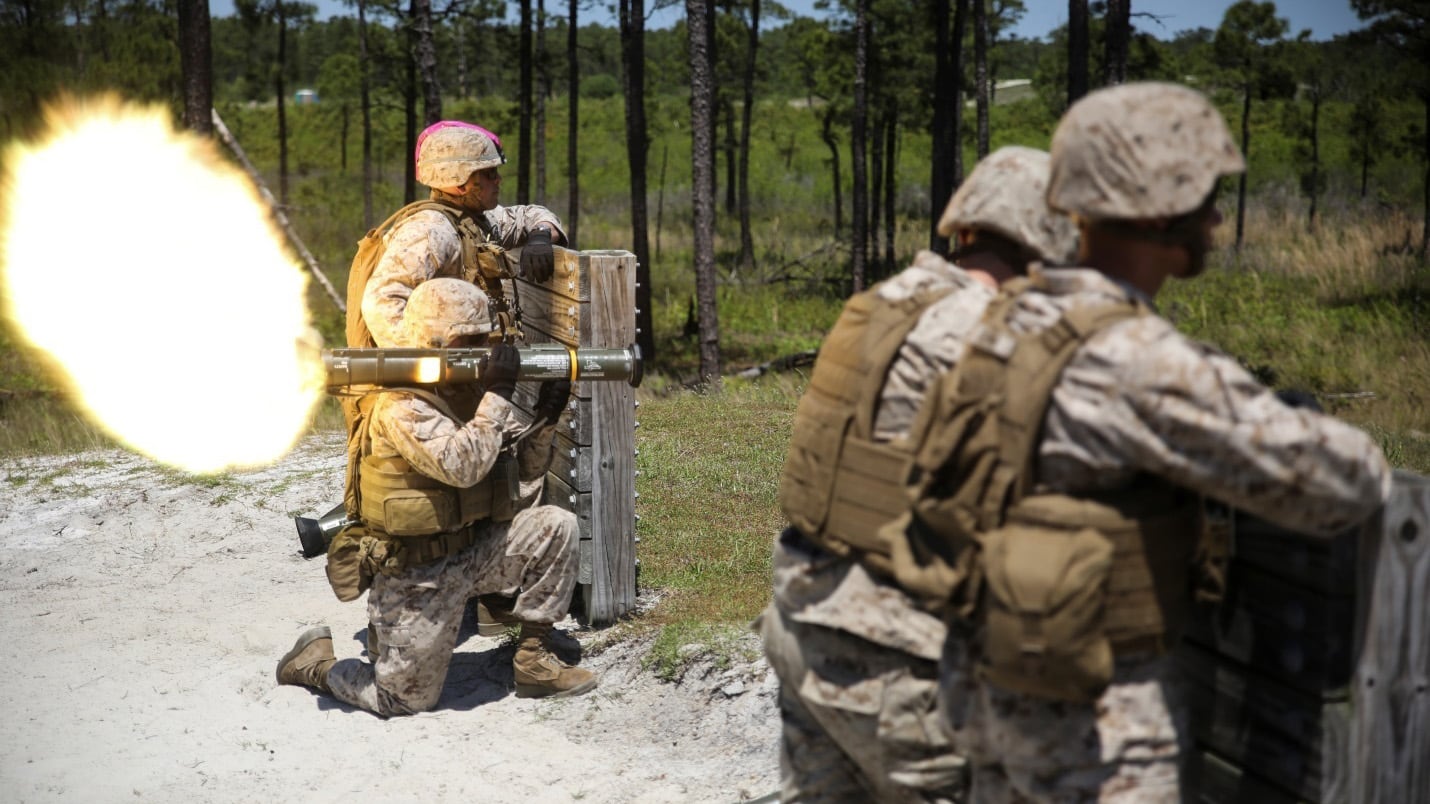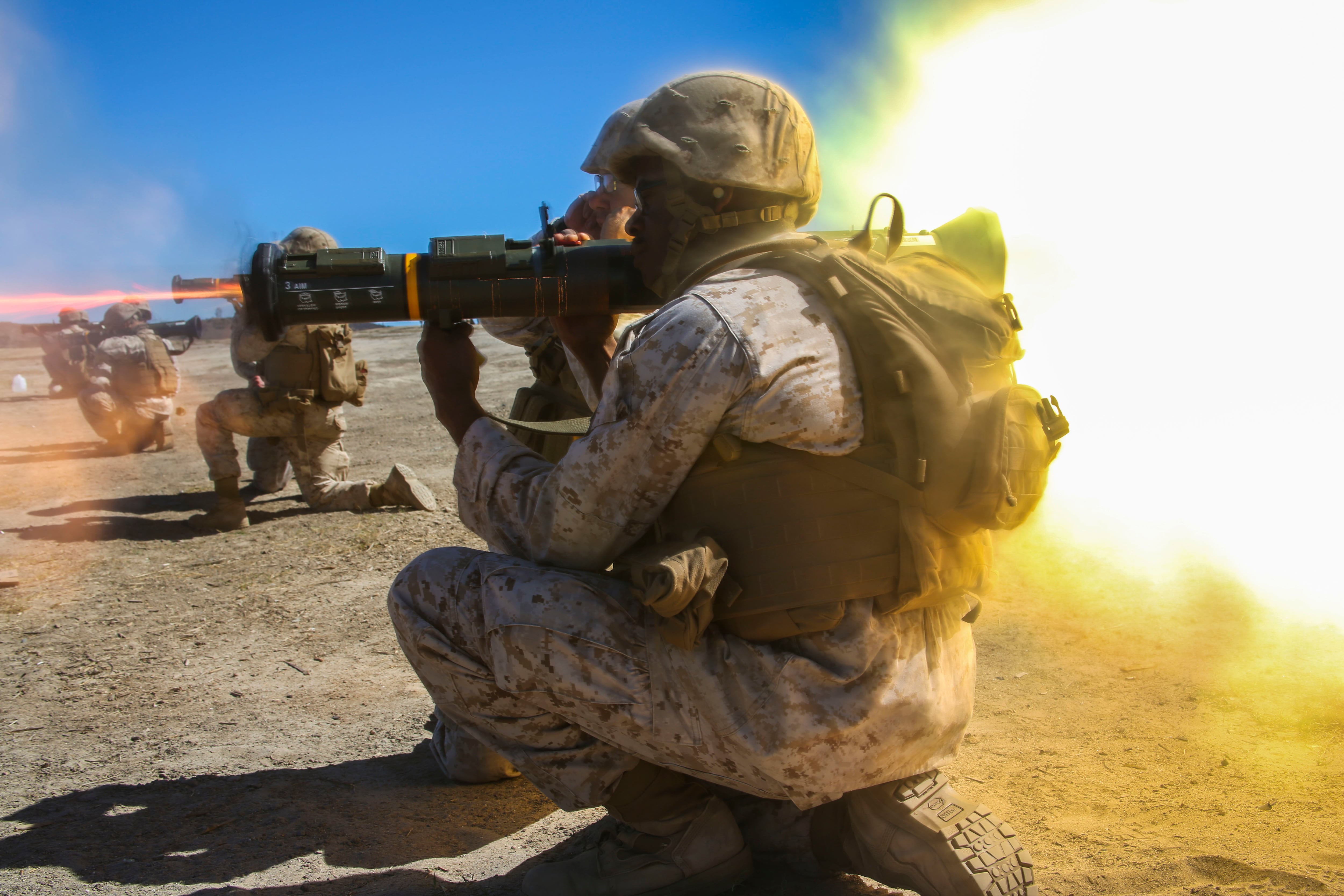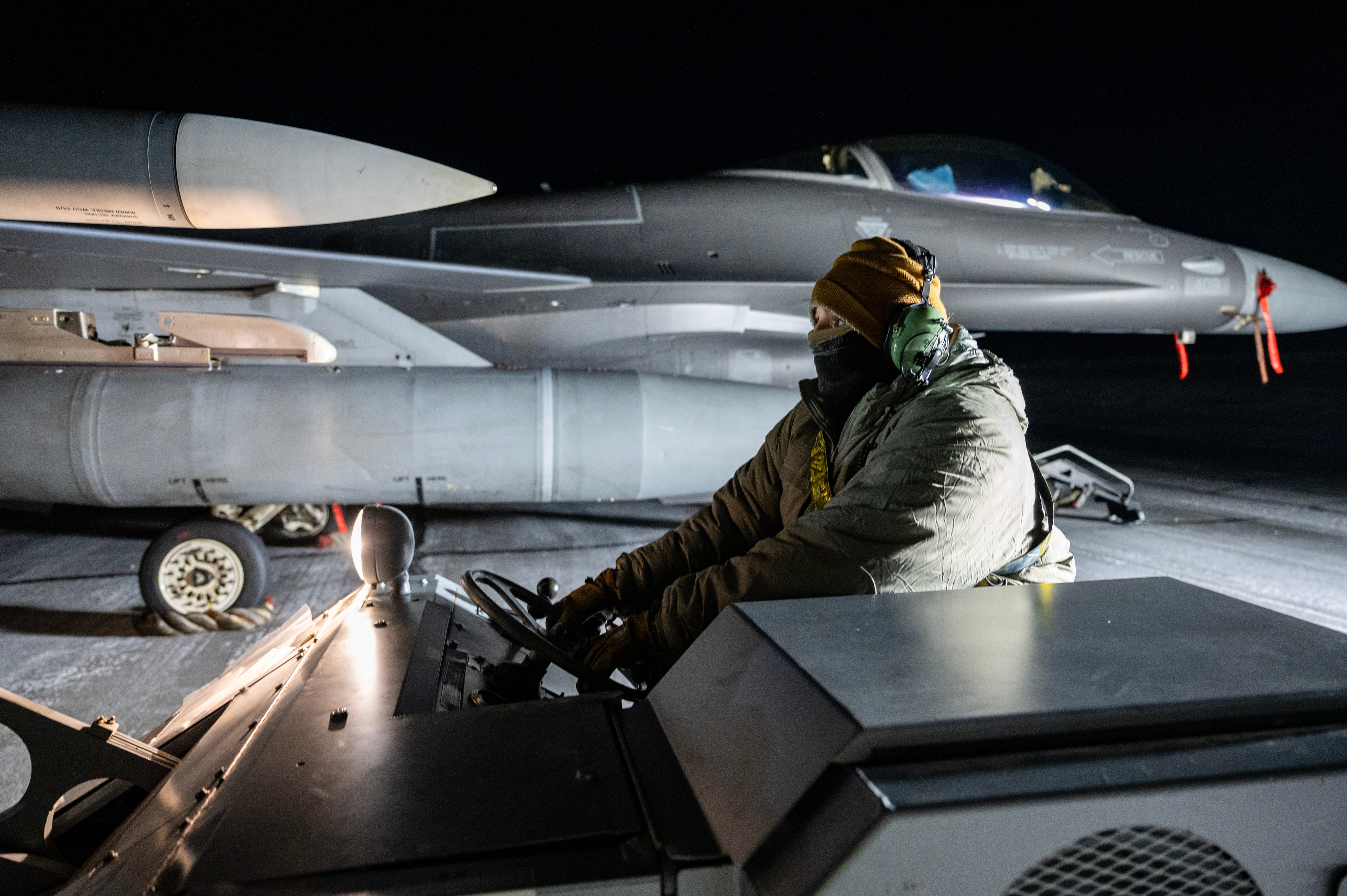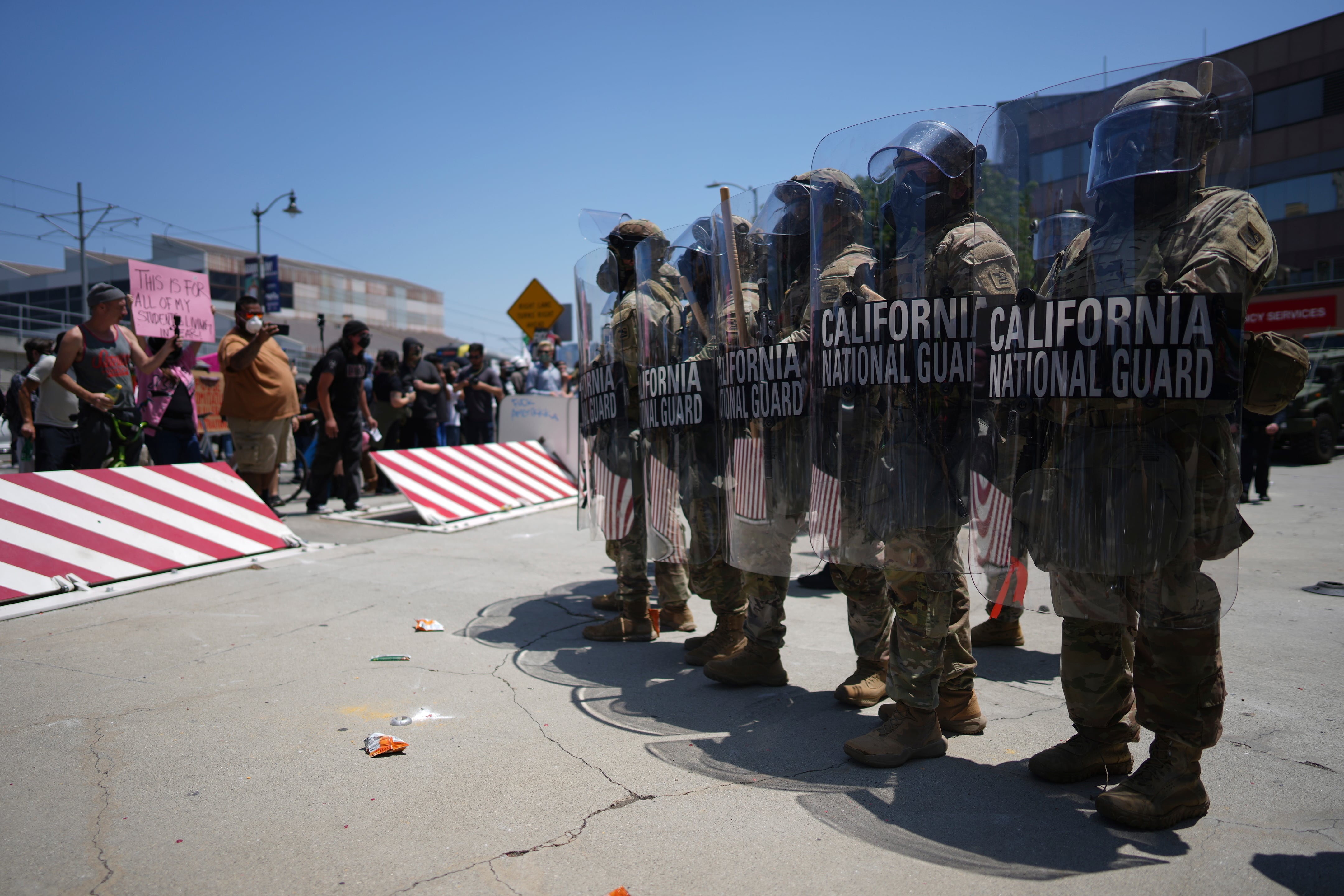The Corps may soon field a new version of its disposable anti-tank rocket known as the M-72, a weapon system that has seen service with the Marines since the Vietnam War.
Manufactured by Norwegian company NAMMO, the 66 mm anti-tank rocket — also known as the M-72 light assault weapon, or LAW — is headed for another upgrade that may see use by Marines extended onto future battlefields.
Some of the upgrades include deadlier dual fuze rounds, forward-facing firing triggers that will aid in stabilization, and no backblast.
“It’s a game changer,” said Lance Cpl. Sam Elichalt, a squad leader with second platoon, Kilo Company.
Marines with Kilo Company 3rd Battalion, 4th Marine Regiment tested the new rockets last week during a futuristic urban warfare training exercise known as Urban-ANTX 18 held aboard Camp Pendleton, California.
And the Corps is serious about fielding the new rocket, according to officials with NAMMO.
The Corps has acquired about 500 rockets for Joint Ordnance Test Procedure trials scheduled later this year. If the M-72 makes it through testing it will be certified for use with all branches, NAMMO officials told Marine Corps Times.
It would be a new lease on life for a rocket that has seen service in the U.S. arsenal for nearly 50 years. The Corps had already prolonged the life of the M-72 in 2008 when it sought upgrades to the launcher to extend the firing range for service in Iraq and Afghanistan.

Because the new upgrade has no backblast Marines no longer have to worry about overpressurization when firing from inside a building or a room.
That reduces the chance of injury and now Marines can fire the rockets without “having to expose themselves” to enemy fire, Elichalt said.
Backblast occurs when pressure builds inside the chamber of the launch tube after a rocket is fired. The gases that create that pressure rupture out the back end of the launcher.
For the shoulder fired AT-4 — manufactured by Swedish company Saab Bofors Dynamics — a backblast area can extend nearly 300 feet. Before firing, Marines are trained to check and yell “backblast are all clear” to ensure no Marines are directly behind the weapon.
The 84 mm AT-4 rocket was fielded in the late ‘80s as a potential replacement to the aging M-72.

The rupturing gas from a fired AT-4 or older M-72 can create overpressurization in an enclosed environment. Marines are advised not to fire from inside buildings, but the new M-72 design changes all of this.
The new LAW relies on mortar increments in lieu of a rocket motor. Mortar increments are small half donut shaped propellants for 60, 8 and 120 mm mortars.
Though the new M-72 has no gaseous rupture when fired, it does squirt out a liquid.
But the new changes do come with one substantial cost: added weight. The new anti-tank rocket launcher weighs nearly 12.9 pounds compared to 7-10 pounds for the older model.
And that’s not small potatoes either when considering a fully kitted grunt can be carrying nearly 100 pounds of gear.
But Marines with Kilo company say the added weight brings extra lethality and is worth the physical toll.
The new M-72 also is 12 decibels quieter, has less flash than a pistol and will come with more lethal rockets.
One of the new rockets, known as the A10 round, will be dual fuze. When the rocket hits a hard metal surface like steel it will detonate immediately, but if it senses a softer target like a brick wall or car, it will delay exploding until penetration.
Shawn Snow is the senior reporter for Marine Corps Times and a Marine Corps veteran.










